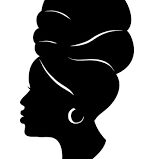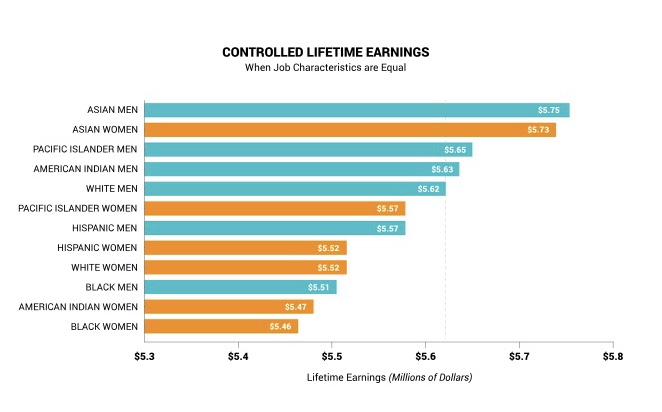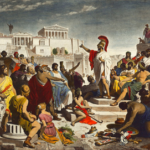The Reality of being a Black Woman. – Gen A-B & Rachael I
Through the ages, Black women have had to deal with so much. Although it may seem like our lives are easier now, there are still a lot of issues that we have to deal with.
During the slave trade, all black people were mistreated but within this, there were differing degrees of severity. These weren’t just dictated by one’s complexion but also gender. An enslaved man could be assigned an occupation that was more highly regarded such as mechanic, carpenter, boilermen, etc. Women on the other hand, were limited to a smaller range of more domestic roles like cooking, cleaning, and midwifery.
There was a clear difference in the expectations for enslaved and white women: enslaved women were expected to show strength and stamina in the fields, whereas white women ideally did little to no outdoor work.
As a result of harsh labour conditions, enslaved people had to become more and more resourceful to survive. One example of this is the use of cornrow hair styles to hide grains for food, maps and information.
As time progressed and slavery became illegal, black people were granted more liberties within society. However, the fight was still far from over, especially for black women. Although free, black people still didn’t have full rights. They lived in deprived rural poverty due to being denied education and wages under slavery. To try and assimilate into the Eurocentric beauty standards, black men would shave their heads whilst black women would straighten their hair in an attempt to obtain “good hair” – a term used by white people to describe straight, curl-free hair. The damage caused by relaxants and heat is often irreversible for curlier hair types. This meant that for many black women, their natural hair (which is a huge part of a black woman’s identity) was worth sacrificing to try to fit in. The relaxed hair trend continued until the 1950s when the civil rights movement allowed black people to express themselves more freely, which included the popularisation of afro hair, partly due to the Black Panther group.
Even after trying to “fit in” and the impact of the civil rights movement, black people are still not seen as equals, even today. This is reflected in the distribution of wealth as shown in the graph below.
Black women, out of all the demographics, are the lowest paid socio-economic group. This is a direct consequence of the government’s reluctancy to grant black women employment autonomy during the slave trade period. There is even inequality within health care with black women being three times more likely to die during childbirth compared to a white woman. Diseases that disproportionately affect black women are also more likely to remain undiagnosed. This is due to racial bias in pain assessment and lack of adequate treatment, another direct consequence of beliefs formed during the slave trade period. It has been revealed that a substantial amount of white laypeople and medical personnel hold false beliefs about biological differences between black and white people, with some medical textbooks containing this false information and remaining in circulation.
Even in everyday life there are obstacles that black women constantly face. From small things like comments about hair, appearance and character to larger barriers, the main one being institutional racism. When you’re not a black woman it’s hard to understand how small comments may affect us but try your hardest to be mindful of our struggles. Always treat everyone with the respect they deserve. In the words of the Headmaster, value yourself, value each other and value your school.
















Post Comment
You must be logged in to post a comment.